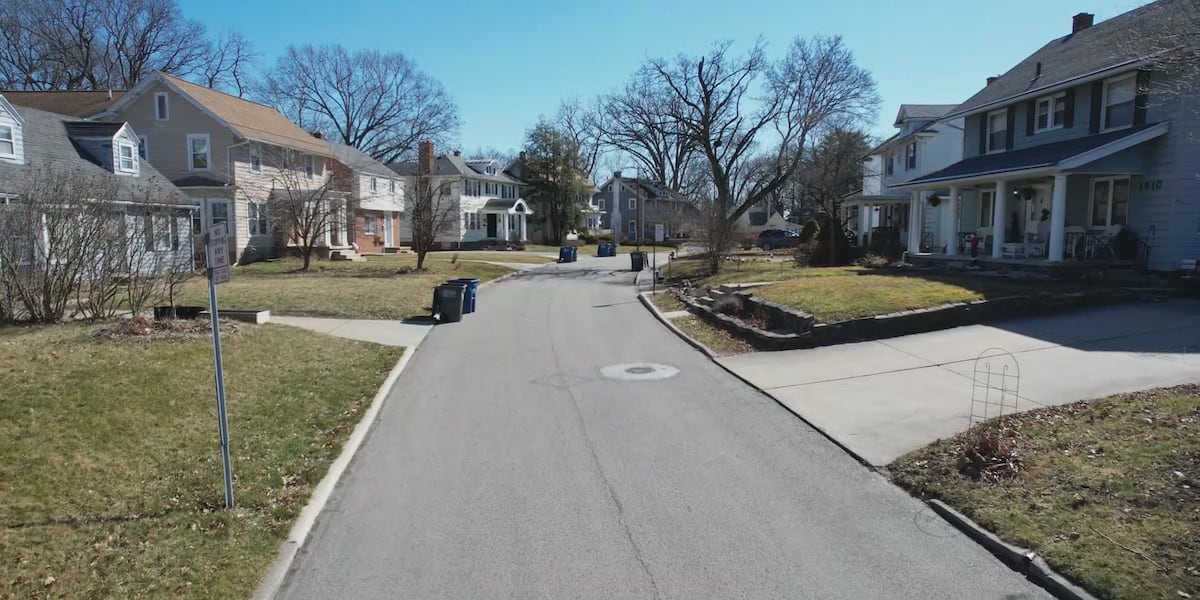T
he latest State of the Nation's Housing report from Harvard University's Joint Center for Housing Studies highlights the challenges facing both homeowners and renters in today's market. Key takeaways include:
Affordability woes persist as home prices have surged 47% nationwide since the pandemic, with mortgage rates edging closer to 7%. This has led to higher mortgage payments, requiring buyers to make $119,800 to afford the median payment of $2,201.
For renters, only one in seven can afford this level of mortgage payment. One in four households is now feeling financial strain from rising housing costs. First-time buyers, particularly those under 35, are being priced out, with loan originations falling by 17% and homeownership rates dropping 0.4 percentage points.
Homeownership rates increased by just 0.1 percentage point across all age groups in 2023, the lowest gain since 2016. Rent growth has slowed to 0.2%, but remains 26% higher than pre-pandemic levels. Half of all renters (22.4 million) are now cost-burdened, with 12.1 million severely burdened.
The tight supply of existing homes has led to a surge in demand for new construction, with housing starts averaging 1.06 million in the first quarter of 2024. Builders are offering rate buydowns and building smaller homes to incentivize buyers while offsetting costs.
Newly built multi-family buildings have also seen a significant increase, with 487,000 units added over the past year – the highest completion level since May 1988. However, challenges persist due to rising insurance premiums, operating costs, and tighter lending conditions.
Despite the rise in housing costs, there were 1.7 million new households added last year, bringing the total number of U.S. households to 130.3 million. Younger generations, particularly Gen Z and millennials, are driving household growth, with nearly 80% attributed to households of color over the past five years.
The immigrant population is also contributing to population growth, increasing from less than 500,000 in 2019 to 3.3 million in 2023. While housing costs remain a concern, the market is showing signs of improvement, with rent growth slowing and existing home inventory rising by 18.5% over the past year.













